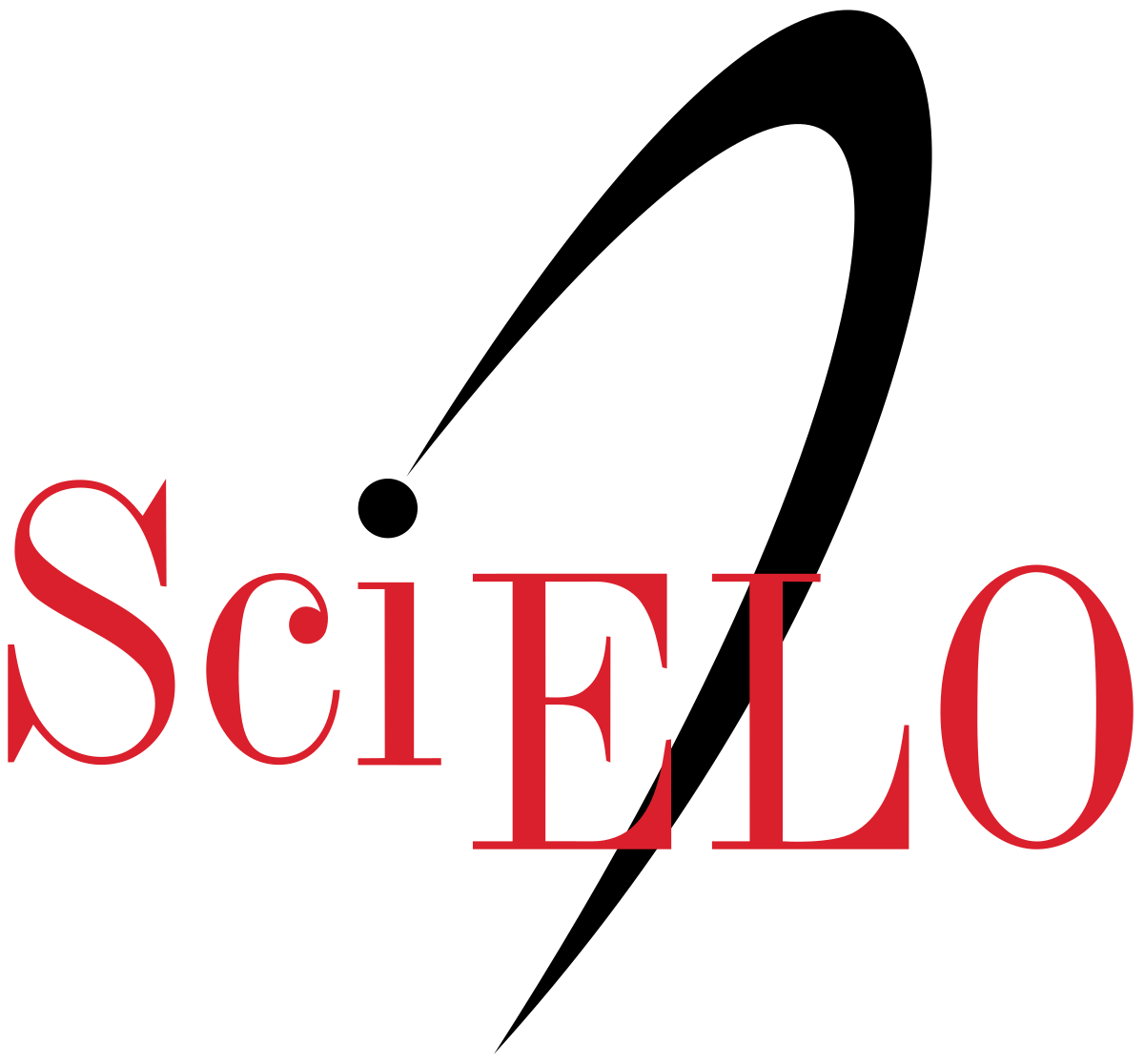Effects of a Leucaena leucocephala leaf extract on xanthine oxidase activity and serum oxypurine levels in mice
DOI:
https://doi.org/10.18633/biotecnia.v26.2155Keywords:
allopurinol, Chou-Talalay theory, synergism, hypoxanthineAbstract
There is a need for novel alternatives to the medical use of allopurinol. In this sense, the present study obtained a leaf extract of L. leucocephala, and its chemical composition, inhibitory action against xanthine oxidase (XO) in vitro, inhibitory interaction between the extract and allopurinol, and the inhibitory action on XO in vivo using mice treated with potassium oxonate and hypoxanthine were determined. Polyphenol and flavonoid compounds were found in the leaf extract. For the leaf extract, the IC50 and maximal values were 334.60 µg/mL and 46.4 % for the inhibition of XO. The 3:1 ratio combination of allopurinol and extract showed IC50 and waDRI values of 1.35 µg/mL, 1.13 (allopurinol) and 1015.72 (extract) to inhibit XO, resulting in a synergistic interaction against XO in vitro. This combination also enhanced the therapeutic success in the mouse model compared with allopurinol administered alone. The present study presents the first evidence for the use of an allopurinol and L. leucocephala extract combination at a 3:1 ratio as a substitute for the administration of allopurinol alone.
Downloads
References
Al Shoyaib, A., Archie, S. R. and Karamyan, V. T. 2019. Intraperitoneal Route of Drug Administration: Should it Be Used in Experimental Animal Studies? Pharmaceutical Research. 37: 12. https://doi.org/10.1007/s11095-019-2745-x
Aragon-Martinez, O. H., Galicia, O., Isiordia-Espinoza, M. A. and Martinez-Morales, F. 2014. A novel method for measuring the ATP-related compounds in human erythrocytes. The Tohoku Journal of Experimental Medicine. 233: 205-214. https://doi.org/10.1620/tjem.233.205
Barthelmebs, L., Divies, C. and Cavin, J. F. 2000. Knockout of the p-coumarate decarboxylase gene from Lactobacillus plantarum reveals the existence of two other inducible enzymatic activities involved in phenolic acid metabolism. Applied and Environmental Microbiology. 66: 3368-3375. https://doi.org/10.1128/AEM.66.8.3368-3375.2000
Bobulescu, I.A. and Moe, O.W. 2012. Renal transport of uric acid: evolving concepts and uncertainties. Advances in Chronic Kidney Disease. 19: 358-371. https://doi.org/10.1053/j.ackd.2012.07.009
Cefali, L. C., Ataide, J. A., Fernandes, A. R., Sanchez-Lopez, E., Sousa, I. M. O., Figueiredo, M. C., Ruiz, A. L. T. G., Foglio, M. A., Mazzola, P. G. and Souto, E. B. 2019. Evaluation of in vitro solar protection factor (SPF), antioxidant activity, and cell viability of mixed vegetable extracts from Dirmophandra mollis Benth, Ginkgo biloba L., Ruta graveolens L., and Vitis vinífera L. Plants (Basel). 8: 453. https://doi.org/10.3390/plants8110453
Checkmahomed, L., Padey, B., Pizzorno, A., Terrier, O., Rosa-Calatrava, M., Abed, Y., Baz, M. and Boivin, G. 2020. In Vitro Combinations of Baloxavir Acid and Other Inhibitors against Seasonal In-fluenza A Viruses. Viruses. 12: 1139. https://doi.org/10.3390/v12101139
Chen, Y., Li, C., Duan, S., Yuan, X., Liang, J. and Hou, S. 2019. Curcumin attenuates potassium oxon-ate-induced hyperuricemia and kidney inflammation in mice. Biomedicine & Pharmacotherapy. 118: 109195. https://doi.org/10.1016/j.biopha.2019.109195
Chew, Y. L., Chan, E. W., Tan, P. L., Lim, Y. Y., Stanslas, J. and Goh, J. K. 2011. Assessment of phy-tochemical content, polyphenolic composition, antioxidant and antibacterial activities of Leguminosae medicinal plants in Peninsular Malaysia. BMC Complementary Medicine and Therapies. 11: 12. https://doi.org/10.1186/1472-6882-11-12
Chou, T. C. 2010. Drug combination studies and their synergy quantification using the Chou-Talalay method. Cancer Research. 70: 440-446. https://doi.org/10.1158/0008-5472.CAN-09-1947
Chou, T. C. 2006. Theoretical basis, experimental design, and computerized simulation of synergism and antagonism in drug combination studies. Pharmacological Reviews. 58: 621-681. https://doi.org/10.1124/pr.58.3.10
Chung, H. H., Chen, M. K., Chang, Y. C., Yang, S. F., Lin, C. C. and Lin, C. W. 2017. Inhibitory effects of Leucaena leucocephala on the metastasis and invasion of human oral cancer cells. Environmental Toxicology. 32: 1765-1774. https://doi.org/10.1002/tox.22399
Córdova-Guerrero, I., Aragon-Martinez, O. H., Díaz-Rubio, L., Franco-Cabrera, S., Serafín-Higuera, N. A., Pozos-Guillén, A., Soto-Castro, T. A., Martinez-Morales, F. and Isiordia-Espinoza, M. 2016. Antibacterial and antifungal activity of Salvia apiana against clinically important microorganisms. Revista Argentina de Microbiología. 48: 217-221. https://doi.org/10.1016/j.ram.2016.05.007
Cui, H., Zhang, X., Zhou, H., Zhao, C. and Lin, L. 2015. Antimicrobial activity and mechanisms of Salvia sclarea essential oil. Botanical Studies. 56: 16. https://doi.org/10.1186/s40529-015-0096-4
Diehl, K. H., Hull, R., Morton, D., Pfister, R., Rabemampianina, Y., Smith, D., Vidal, J. M., van de Vorstenbosch, C. and European Federation of Pharmaceutical Industries Association and European Centre for the Validation of Alternative Methods. 2001. A good practice guide to the administration of substances and removal of blood, including routes and volumes. Journal of Applied Toxicology. 21: 15-23. https://doi.org/10.1002/jat.727
Farasat, M., Khavari-Nejad, R. A., Nabavi, S. M. and Namjooyan, F. 2014. Antioxidant Activity, Total Phenolics and Flavonoid Contents of some Edible Green Seaweeds from Northern Coasts of the Persian Gulf. Iranian Journal of Pharmaceutical Research. 13: 163-170.
Galano, A., Francisco-Márquez, M. and Alvarez-Idaboy, J. R. 2011. Mechanism and kinetics studies on the antioxidant activity of sinapinic acid. Physical Chemistry Chemical Physics. 13: 11199-11205. https://doi.org/10.1039/c1cp20722a
Gao, J. 2020. P-values - a chronic conundrum. BMC Medical Research Methodology. 20: 167. https://doi.org/10.1186/s12874-020-01051-6
Kim, O. K., Yun, J. M., Lee, M., Kim, D. and Lee, J. 2021. Hypouricemic Effects of Chrysanthemum indicum L. and Cornus officinalis on Hyperuricemia-Induced HepG2 Cells, Renal Cells, and Mice. Plants (Basel). 10: 1668. https://doi.org/10.3390/plants10081668
Kim, S., Chen, J., Cheng, T., Gindulyte, A., He, J., He, S., Li, Q., Shoemaker, B. A., Thiessen, P. A., Yu, B., Zaslavsky, L., Zhang, J. and Bolton, E. E. 2021. PubChem in 2021: new data content and improved web interfaces. Nucleic Acids Research. 49: D1388-D1395. https://doi.org/10.1093/nar/gkaa971
Lemos Lima, R. de C., Ferrari, F. C., de Souza, M. R., de Sá Pereira, B. M., de Paula, C. A. and Saúde-Guimarães, D. A. 2015. Effects of extracts of leaves from Sparattosperma leucanthum on hyperuricemia and gouty arthritis. Journal of Ethnopharmacology. 161: 194-199. https://doi.org/10.1016/j.jep.2014.11.051
Liang, D., Yong, T., Chen, S., Xie, Y., Chen, D., Zhou, X., Li, D., Li, M., Su, L. and Zuo, D. 2018. Hypouricemic effect of 2,5-dihydroxyacetophenone, a computational screened bioactive compound from Ganoderma applanatum, on hyperuricemic mice. International Journal of Molecular Sciences. 19: 1394. https://doi.org/10.3390/ijms19051394
Li, B., Zhang, W. and Ma, H. 2016. Physicochemical characterization of inclusion complex of catechin and glucosyl-β-cyclodextrin. Tropical Journal of Pharmaceutical Research. 15: 167-172. http://dx.doi.org/10.4314/tjpr.v15i1.23
Mabry, T. J., Markham, K. R. and Thomas, M. B. 1970. The Ultraviolet Spectra of Flavones and Flavonols. En The Systematic Identification of Flavonoids. T.J. Mabry, K.R. Markham y M.B. Thomas (ed.), pp. 41-164. Springer, Berlin. https://doi.org/10.1007/978-3-642-88458-0_5
Malik, N., Dhiman, P. and Khatkar, A. 2019. In silico design and synthesis of targeted rutin derivatives as xanthine oxidase inhibitors. BMC Chemistry. 13: 71. https://doi.org/10.1186/s13065-019-0585-8
Martinez-Morales, F., Zapata-Morales, J. R. and Aragon-Martinez, O. H. 2022. Evaluation of the antioxidant interaction between butylated hydroxytoluene and quercetin and their utility for beef patties preservation. Biotecnia. 24: 69-78. https://doi.org/10.18633/biotecnia.v24i1.1546
Mehmood, A., Zhao, L., Ishaq, M., Xin, W., Zhao, L., Wang, C., Hossen, I., Zhang, H., Lian, Y. and Xu, M. 2020. Anti-hyperuricemic potential of stevia (Stevia rebaudiana Bertoni) residue extract in hyperu-ricemic mice. Food & Function. 11: 6387-6406. https://doi.org/10.1039/c9fo02246e
Mohos, V., Pánovics, A., Fliszár-Nyúl, E., Schilli, G., Hetényi, C., Mladěnka, P., Needs, P. W., Kroon, P. A., Pethő, G. and Poór, M. 2019. Inhibitory Effects of Quercetin and Its Human and Microbial Me-tabolites on Xanthine Oxidase Enzyme. International Journal of Molecular Sciences. 20: 2681. https://doi.org/10.3390/ijms20112681
Musci, M. and Yao, S. 2017. Optimization and validation of Folin-Ciocalteu method for the determination of total polyphenol content of Pu-erh tea. International Journal of Food Sciences and Nutrition. 68: 913-918. https://doi.org/10.1080/09637486.2017.1311844
National Research Council US. 2011. Committee for the update of the guide for the care and use of laboratory animals, guide for the care and use of laboratory animals. National Academies Press (US). Washington, D.C.
Nguyen, M. T., Awale, S., Tezuka, Y., Tran, Q. L., Watanabe, H. and Kadota, S. 2004. Xanthine oxidase inhibitory activity of vietnamese medicinal plants. Biological and Pharmaceutical Bulletin. 27: 1414-1421. https://doi.org/10.1248/bpb.27.1414
Oh, D. R., Kim, J. R., Choi, C. Y., Choi, C. H., Na, C. S., Kang, B. Y., Kim, S. J. and Kim, Y. R. 2019. Effects of chondroT on potassium oxonate-induced hyperuricemic mice: downregulation of xanthine oxidase and urate transporter 1. BMC Complementary Medicine and Therapies. 19: 10. https://doi.org/10.1186/s12906-018-2415-2
Park, J. H., Jo, Y. I. and Lee, J. H. 2020. Renal effects of uric acid: hyperuricemia and hypouricemia. The Korean Journal of Internal Medicine. 35: 1291-1304. https://doi.org/10.3904/kjim.2020.410
Pleskacova, A., Brejcha, S., Pacal, L., Kankova, K. and Tomandl, J. 2017. Simultaneous determination of uric acid, xanthine and hypoxanthine in human plasma and serum by HPLC–UV: uric acid metabolism tracking. Chromatographia. 80: 529-536. https://doi.org/10.1007/s10337-016-3208-8
Seal, T. 2016. Quantitative HPLC analysis of phenolic acids, flavonoids and ascorbic acid in four different solvent extracts of two wild edible leaves, Sonchus arvensis and Oenanthe linearis of North-Eastern region in India. Journal of Applied Pharmaceutical Science. 6: 157-166. https://doi.org/10.7324/JAPS.2016.60225
Sebaugh, J. L. 2011. Guidelines for accurate EC50/IC50 estimation. Pharmaceutical Statistics. 10: 128-134. https://doi.org/10.1002/pst.426
Stamp, L. K. and Barclay, M. L. 2018. How to prevent allopurinol hypersensitivity reactions? Rheumatology (Oxford). 57: i35-i41. https://doi.org/10.1093/rheumatology/kex422
Tosovic, J. 2017. Spectroscopic features of caffeic acid: theoretical study. Kragujevac Journal of Science. 39: 99-108. https://doi.org/10.5937/KgJSci1739099T
Tsikas, D., Wolf, A. and Frölich, J. C. 2004. Simplified HPLC method for urinary and circulating creatinine. Clinical Chemistry. 50: 201-203. https://doi.org/10.1373/clinchem.2003.024141
Wishart, D. S., Feunang, Y. D., Guo, A. C., Lo, E. J., Marcu, A., Grant, J. R., Sajed, T., Johnson, D., Li, C., Sayeeda, Z., Assempour, N., Iynkkaran, I., Liu, Y., Maciejewski, A., Gale, N., Wilson, A., Chin, L., Cummings, R., Le, D., Pon, A., Knox, C. and Wilson, M. 2018. DrugBank 5.0: a major update to the DrugBank database for 2018. Nucleic Acids Research. 46: D1074-D1082. https://doi.org/10.1093/nar/gkx1037
Xu, Y., Tao, Z., Jin, Y., Yuan, Y., Dong, T. T. X., Tsim, K. W. K. and Zhou, Z. 2018. Flavonoids, a potential new insight of Leucaena leucocephala foliage in ruminant health. Journal of Agricultural and Food Chemistry. 66: 7616-7626. https://doi.org/10.1021/acs.jafc.8b02739
Yong, T., Li, D., Li, M., Liang, D., Diao, X., Deng, C., Chen, S., Xie, Y., Chen, D. and Zuo, D. 2018. Anti-Hyperuricemic effect of 2-hydroxy-4-methoxy-benzophenone-5-sulfonic acid in hyperuricemic mice through XOD. Molecules. 23: 2671. https://doi.org/10.3390/molecules23102671
Yong, T., Zhang, M., Chen, D., Shuai, O., Chen, S., Su, J., Jiao, C., Feng, D. and Xie, Y. 2016. Actions of water extract from Cordyceps militaris in hyperuricemic mice induced by potassium oxonate combined with hypoxanthine. Journal of Ethnopharmacology. 194: 403-411. https://doi.org/10.1016/j.jep.2016.10.001
Zhang, D., Zhao, M., Li, Y., Zhang, D., Yang, Y. and Li, L. 2021. Natural xanthine oxidase inhibitor 5-O-caffeoylshikimic acid ameliorates kidney injury caused by hyperuricemia in mice. Molecules. 26: 7307. https://doi.org/10.3390/molecules26237307
Zhang, L., Liu, Y. and Wang, Y. 2018. Deprotonation mechanism of methyl gallate: UV spectroscopic and computational studies. International Journal of Molecular Sciences. 19: 3111. https://doi.org/10.3390/ijms19103111
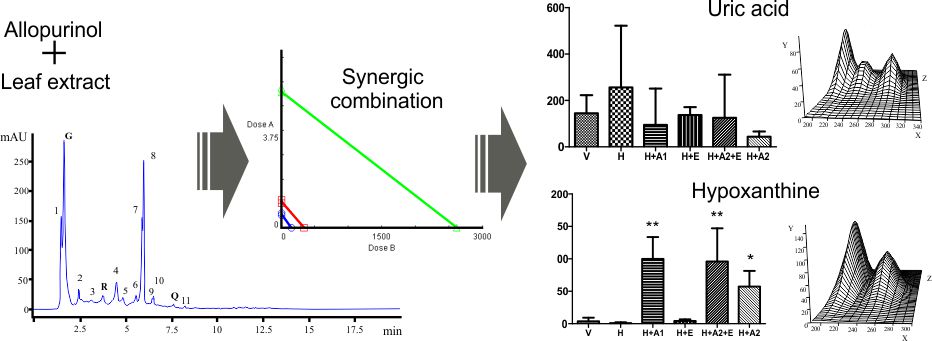
Downloads
Additional Files
Published
How to Cite
Issue
Section
License
Copyright (c) 2023

This work is licensed under a Creative Commons Attribution-NonCommercial-ShareAlike 4.0 International License.
The journal Biotecnia is licensed under the Attribution-NonCommercial-ShareAlike 4.0 International (CC BY-NC-SA 4.0) license.



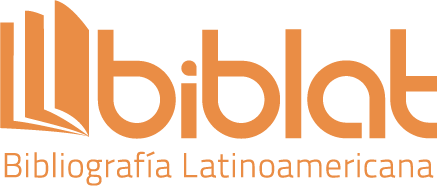
_(1)_(1).png)


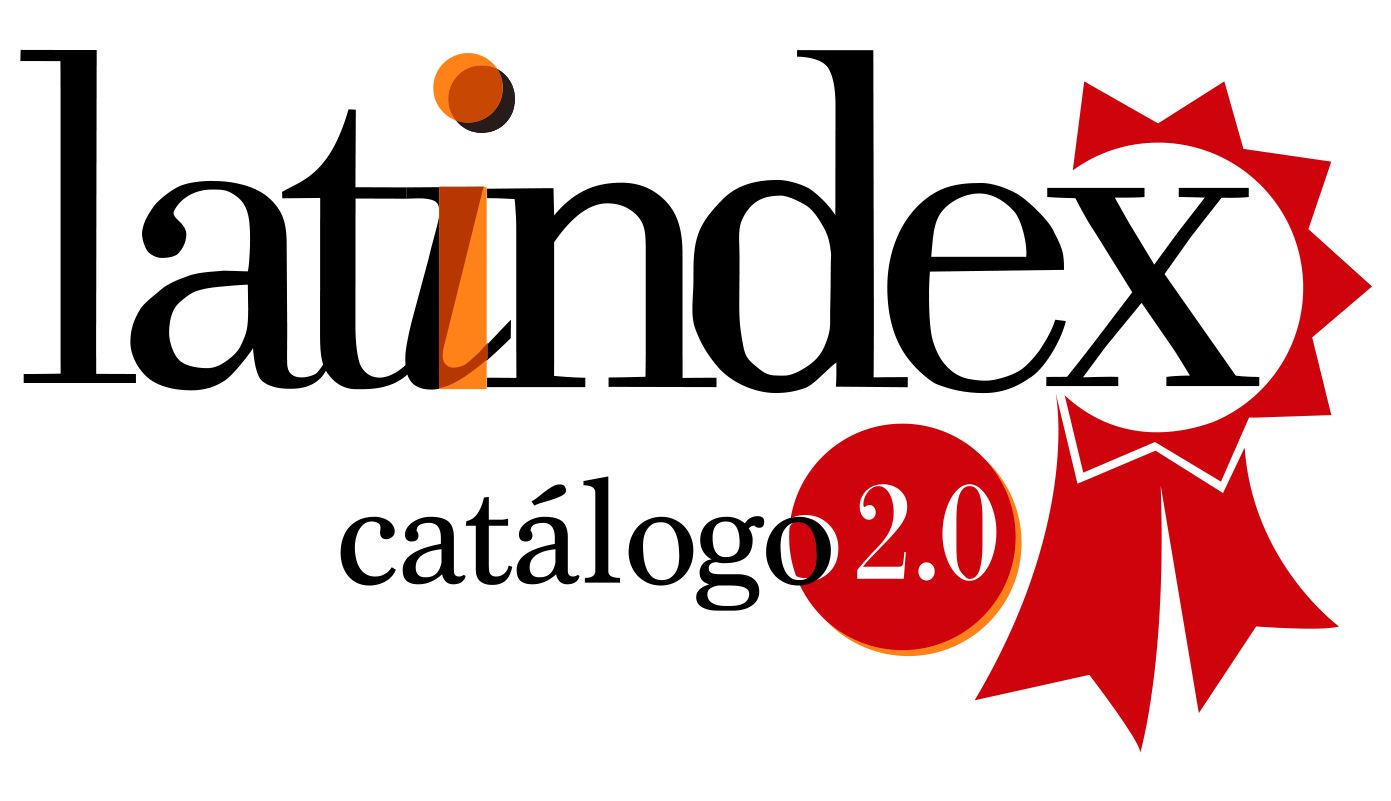

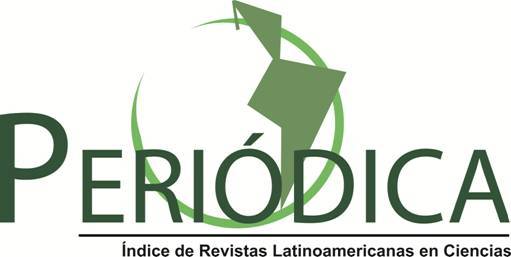

_(2).jpg)
